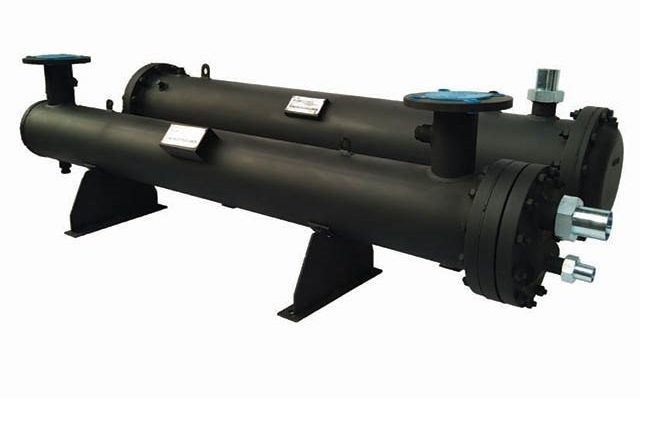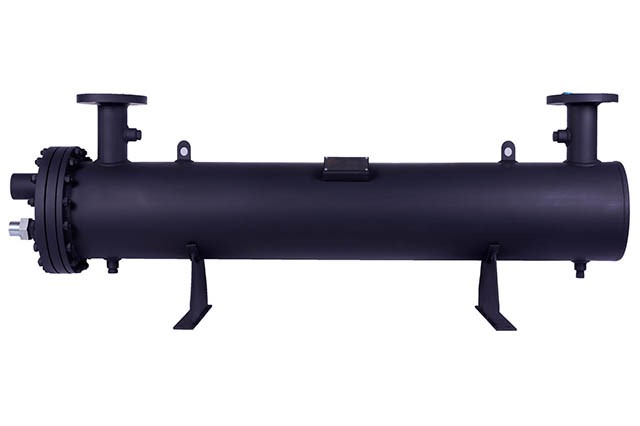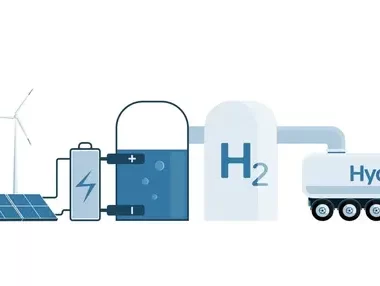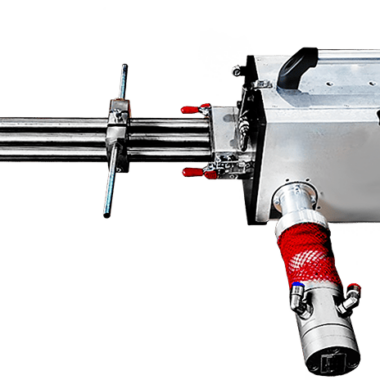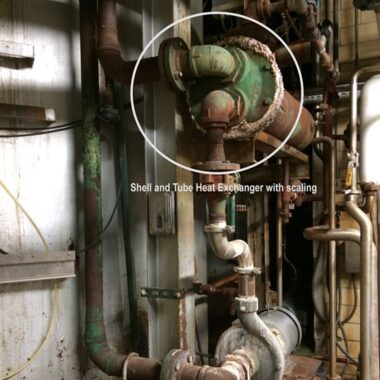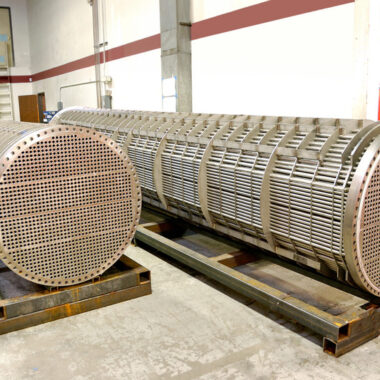Share best practices for maintaining Heat Exchangers
Share best practices for maintaining Heat Exchangers
Share best practices for maintaining Heat Exchangers : Appropriate maintenance of heat exchangers is crucial to guarantee their productive operation, life span, and security. Underneath are a few best practices to take after for maintaining heat exchangers:
1. Standard Assessment
Visual Assessment: Routinely assess for any signs of spills, erosion, or physical harm.
Execution Checking: Track execution markers such as temperature differentials, weight drops, and stream rates to distinguish any deviations from ordinary working conditions.
2. Cleaning
Schedule Cleaning: Set up a standard cleaning plan to anticipate fouling and scaling. The recurrence of cleaning depends on the working environment and the sort of liquids utilized.
Cleaning Strategies: Utilize fitting cleaning strategies such as mechanical cleaning, chemical cleaning, or hydroblasting. For plate heat exchangers, dismantle and clean person plates on the off chance that essential.
3. Checking and Control
Temperature and Weight Sensors: Introduce sensors to ceaselessly screen the working conditions of the heat exchanger.
Computerized Control Frameworks: Actualize mechanized control frameworks to preserve ideal working conditions and to caution administrators of any irregularities.
4. Preventive Maintenance
Customary Support Plan: Take after a preventive support plan based on the manufacturer’s suggestions and working conditions.
Component Substitution: Supplant worn-out components such as gaskets, seals, and tubes some time recently they come up short.
5. Erosion Security
Erosion Inhibitors: Use appropriate erosion inhibitors within the liquids to play down erosion.
Fabric Choice: Select materials that are safe to the sorts of erosion anticipated in your working environment.
6. Fouling Control
Filtration: Introduce channels or strainers to evacuate particulate matter from the liquids entering the heat exchanger.
Chemical Treatment: Utilize chemical medications to control organic development and scaling within the heat exchanger.
7. Spill Location
Customary Testing: Perform customary spill testing to recognize and address spills early.
Helium or Color Testing: Utilize helium spill discovery or color testing strategies for exact distinguishing proof of spills.
8. Appropriate Shutdown and Startup Methods
Controlled Shutdown: Take after appropriate shutdown strategies to maintain a strategic distance from thermal push and weight surges.
Continuous Startup: Actualize progressive startup methods to guarantee the heat exchanger comes to working conditions easily.
9. Documentation and Records
Maintenance Logs: Keep nitty gritty records of all reviews, cleaning, support exercises, and repairs.
Operational Information: Keep up logs of operational information such as temperatures, weights, and stream rates to track performance trends.
10. Preparing and Security
Administrator Preparing: Guarantee that all faculty included within the operation and maintenance of heat exchangers are appropriately prepared.
Security Conventions: Take after all security protocols and wear fitting individual defensive gear (PPE) amid maintenance exercises.
Conclusion
By following these best hones, you’ll be able altogether improve the effectiveness, unwavering quality, and life expectancy of your heat exchangers. Normal support not as it were makes a difference in anticipating unexpected disappointments but also guarantees ideal execution and security in your operations.
